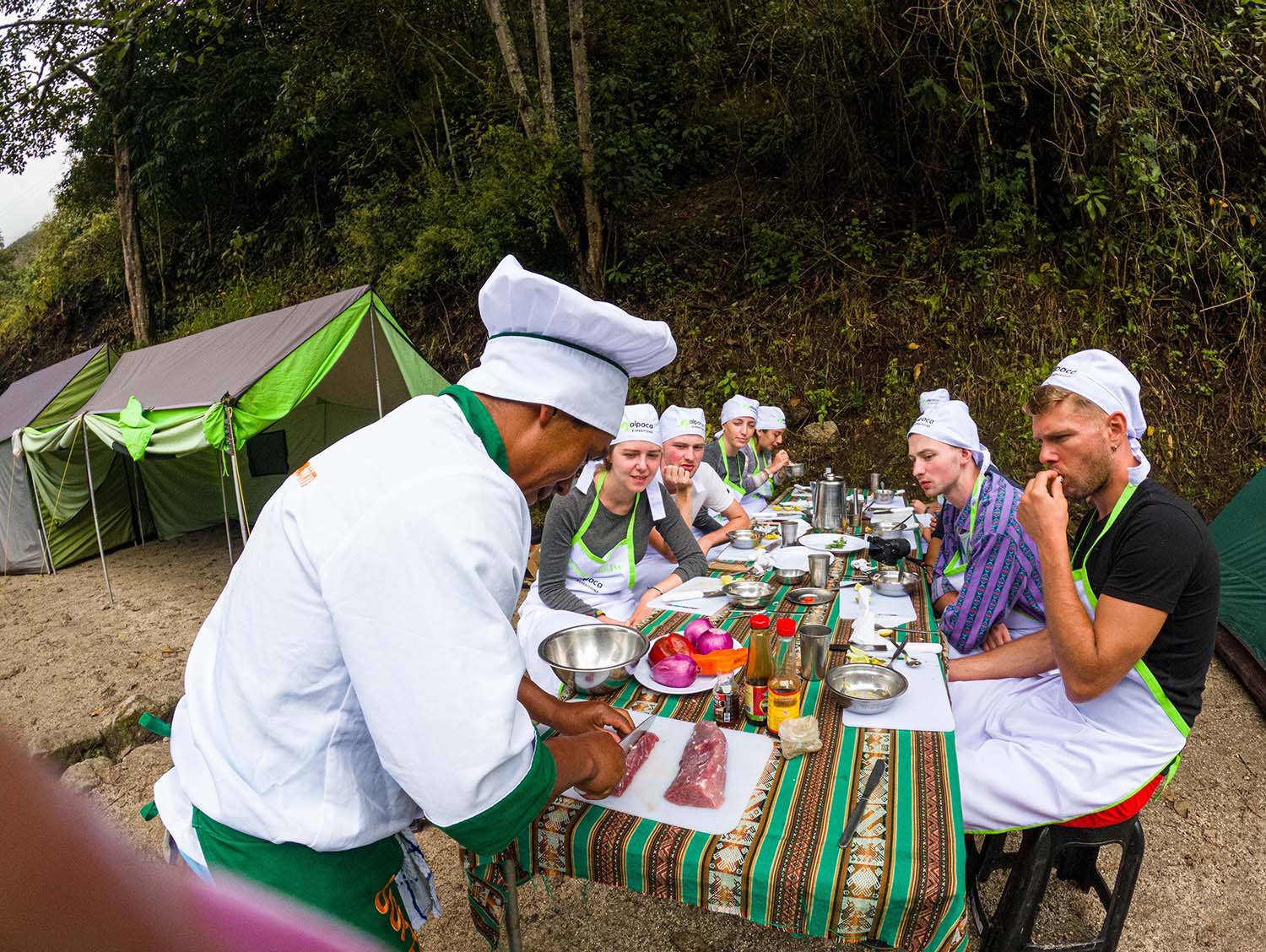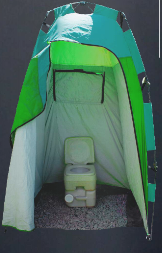Herbs/Edible Plants of Machu Picchu
(Disclaimer: this post is INFORMATIONAL only. Do not consume any plants from the forest during your trek.)
Arrowleaf Elephant Ear
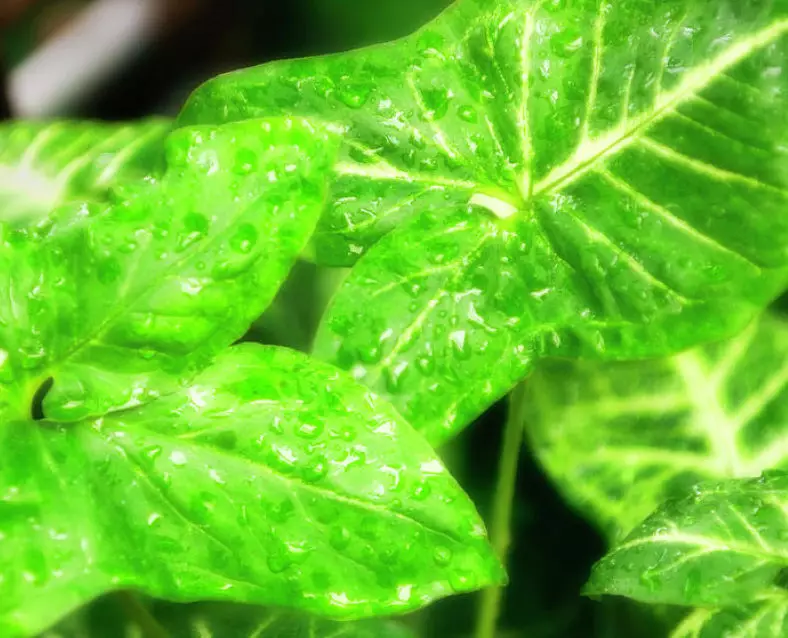
Photo Credit: Maria Mosolova
The leaves of an arrowleaf elephant ear can grow to three feet long, so it is often used in reforestation efforts to protect early growth and keep weeds in check. The corm, or bulb, is similar to small potatoes and are still harvested and used in peruvian cuisine.
Hierba Luisa
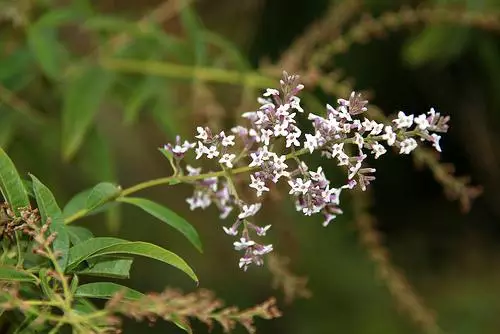
Photo Credit: Manuel-Martin-Vicente
When in bloom, this plant has small clusters of purple or white flowers. Historically, the plant was brought back to Europe in the 17th century and cultivated for oil. Also called Lemon Beebush after its citric taste, its leaves are used in a variety of ways: dried for teas, added to dishes for flavor, or turned into essential oil.
Andean Silver-Leaf Sage
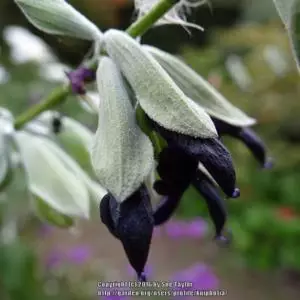
Photo Credit: Garden.org
During its bloom, the Andean silver-leaf sage’s deep purple-black flowers contrast spectacularly with its silver-hued leaves. The plant releases a pleasant fragrance when brushed against, and is considered one of the best plants for hummingbirds to eat from. It is used as a herb to flavor meats and stews. It is also thought to bring health, longevity, wisdom, esteem, wishes, a happy home and safety for children.
Muña

Photo Credit: Cusco Eats
A distant relative to mint, muña is a plant that grows throughout the highlands of Cuzco. It is high in calcium, iron, and phosphorus, making it a staple of traditional medicine for strong bones as well as boosting the immune system and even helping ease altitude sickness. It holds up well against the alpine temperatures and stays green year-round.
It’s no question that you will get to enjoy viewing a plethora of lush greenery on any of our treks – and this list only scratches the surface of species that inhabit the Andean cloud forests! But with just a little bit of extra preparation, you’ll be able to identify them as well. If you capture any stellar photos you want to show off, we’d love to see them! Tag us on social media @ Alpaca Expeditions. Want to stay up to date on all things Machu Picchu and Alpaca Expeditions? Sign up for our e-mail list here.


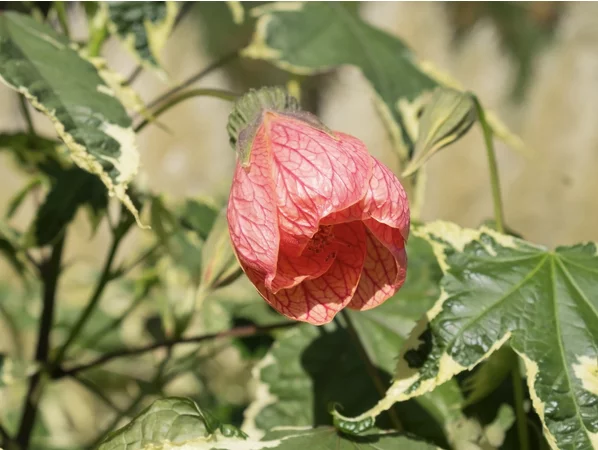 This flower is also known as the Chinese lantern, and it’s not hard to see why! The bell shaped flower is typically yellowish orange with deep red veins adorning the petals. They are also known for being
This flower is also known as the Chinese lantern, and it’s not hard to see why! The bell shaped flower is typically yellowish orange with deep red veins adorning the petals. They are also known for being 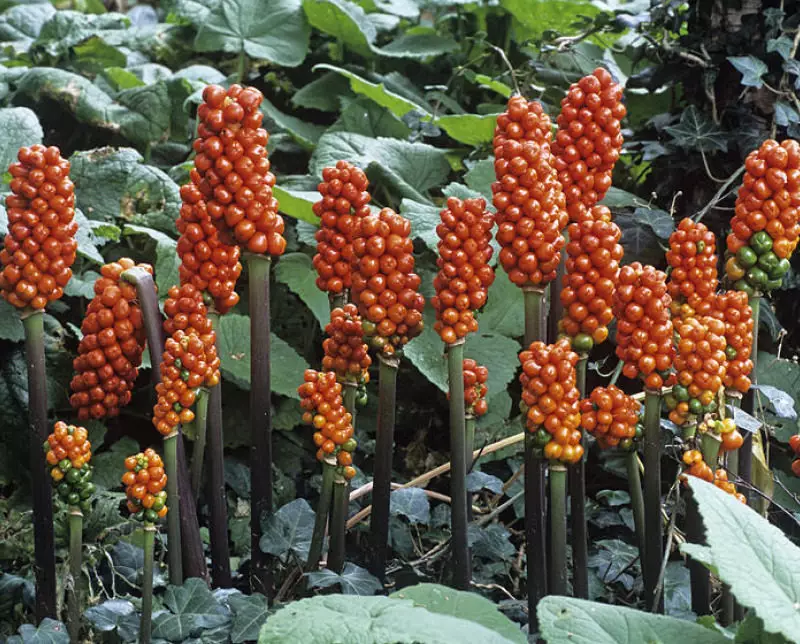
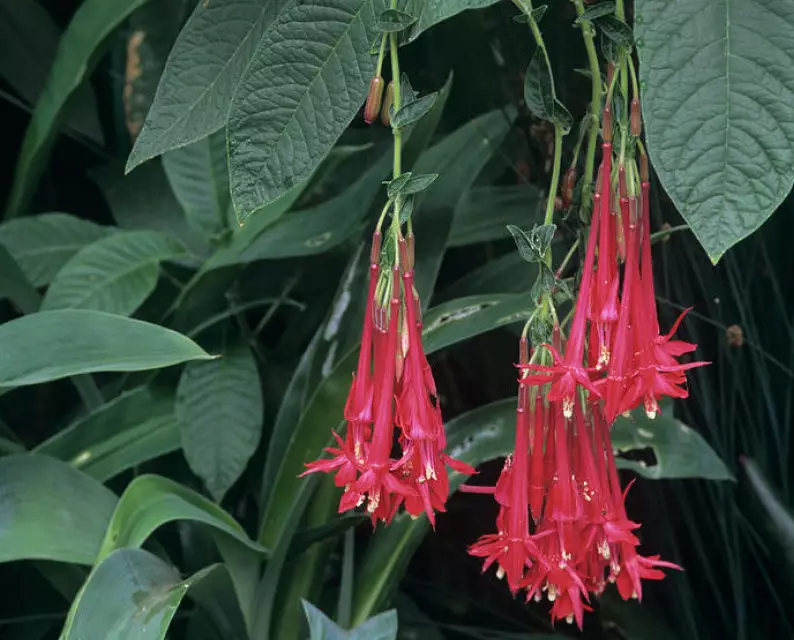
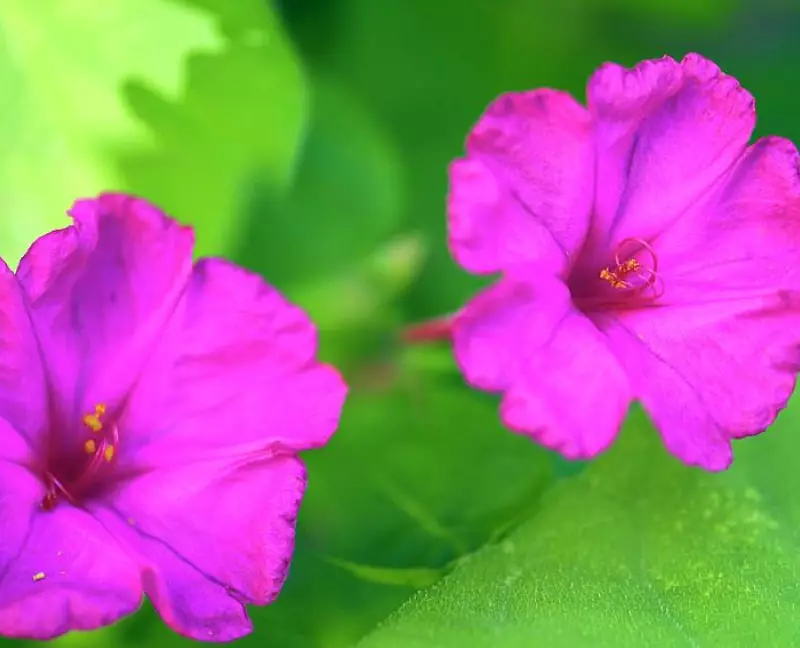
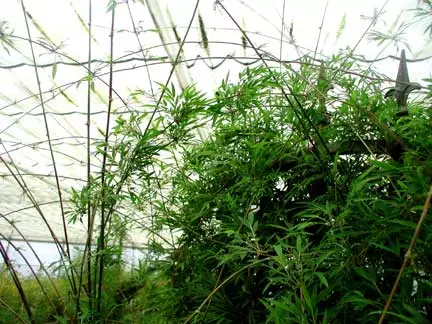
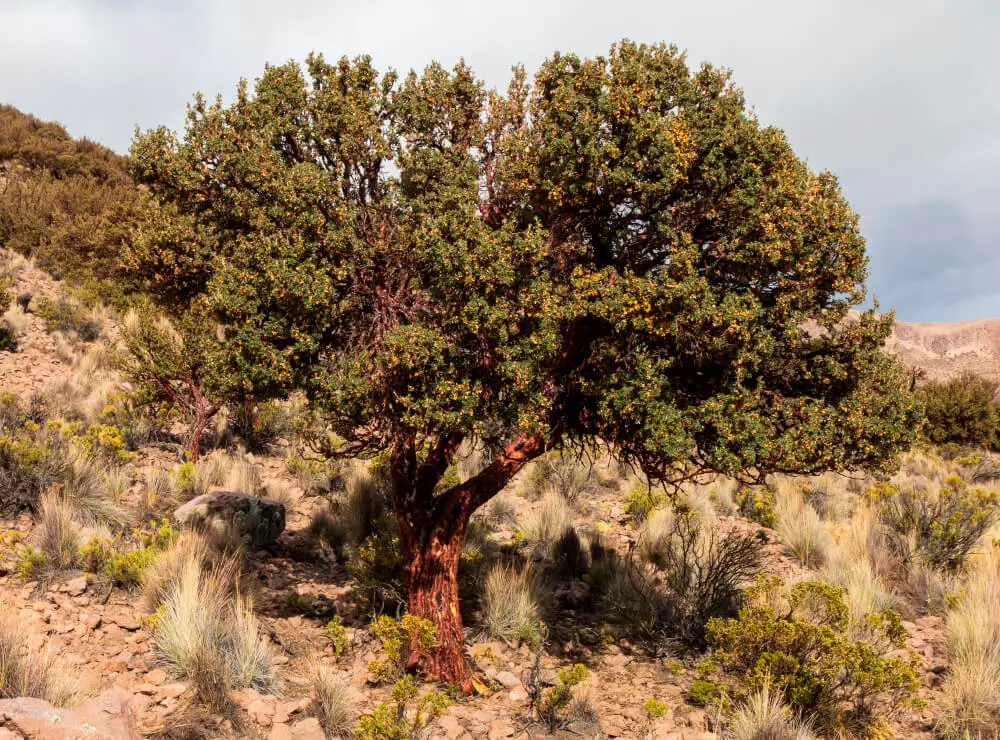
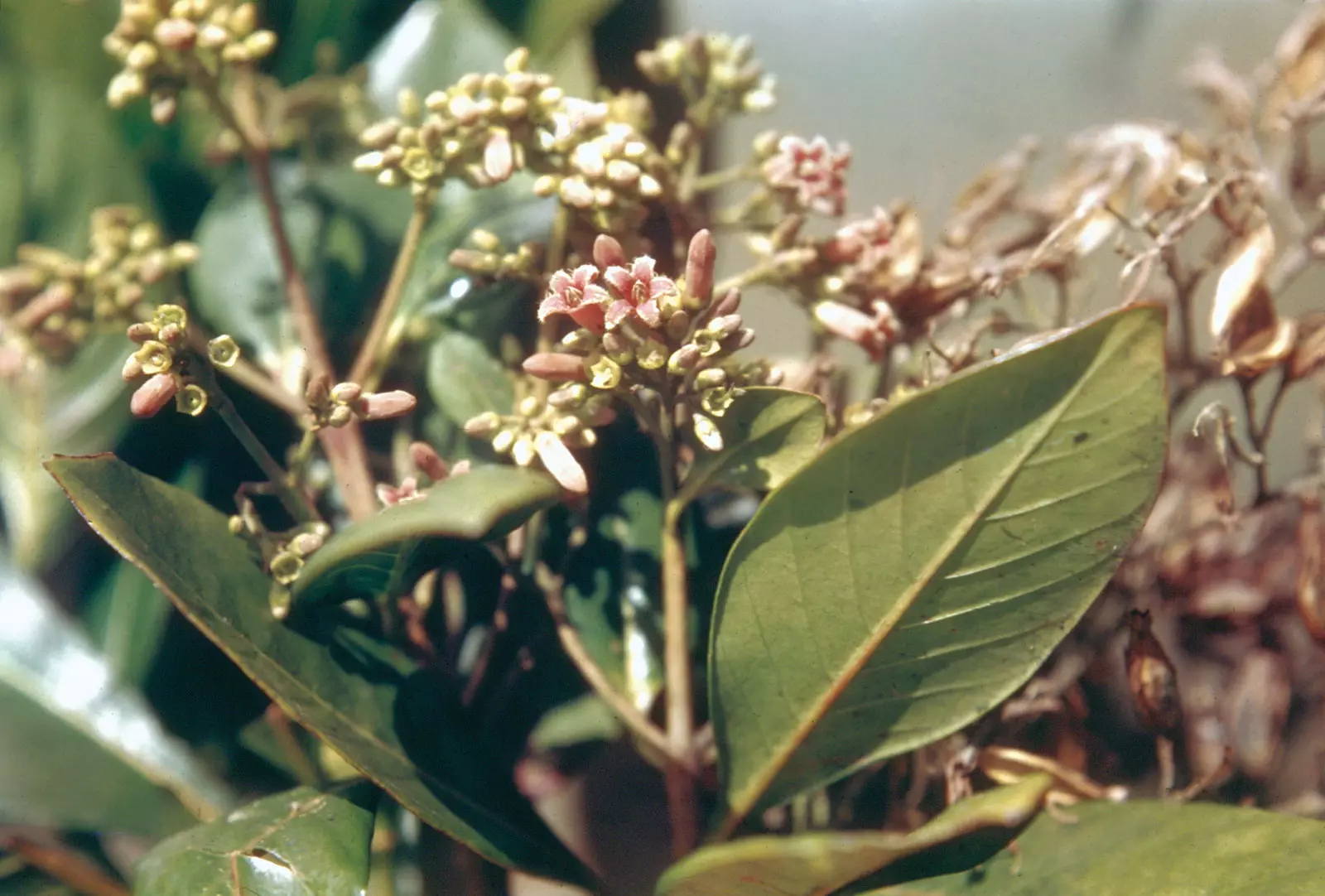
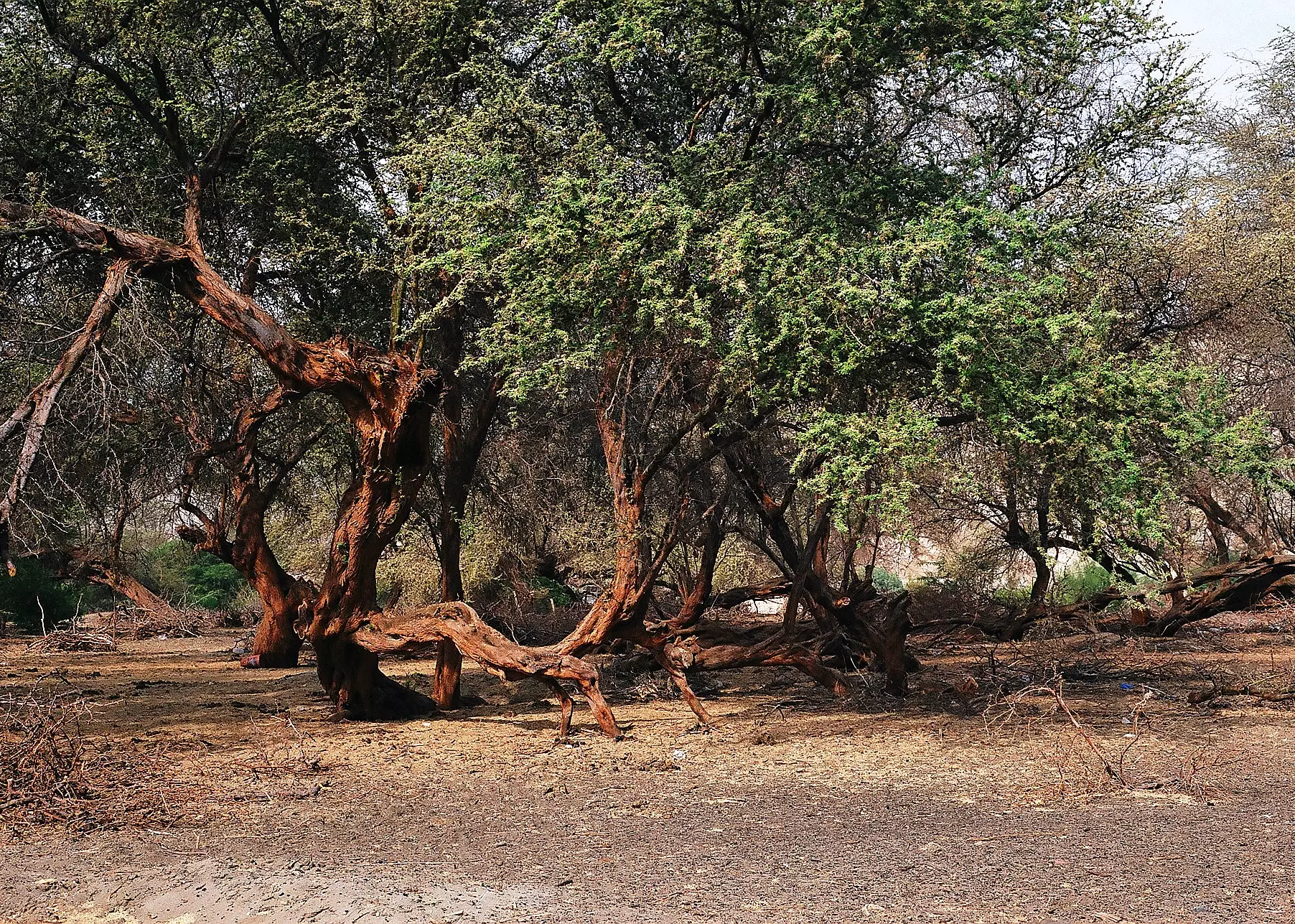






































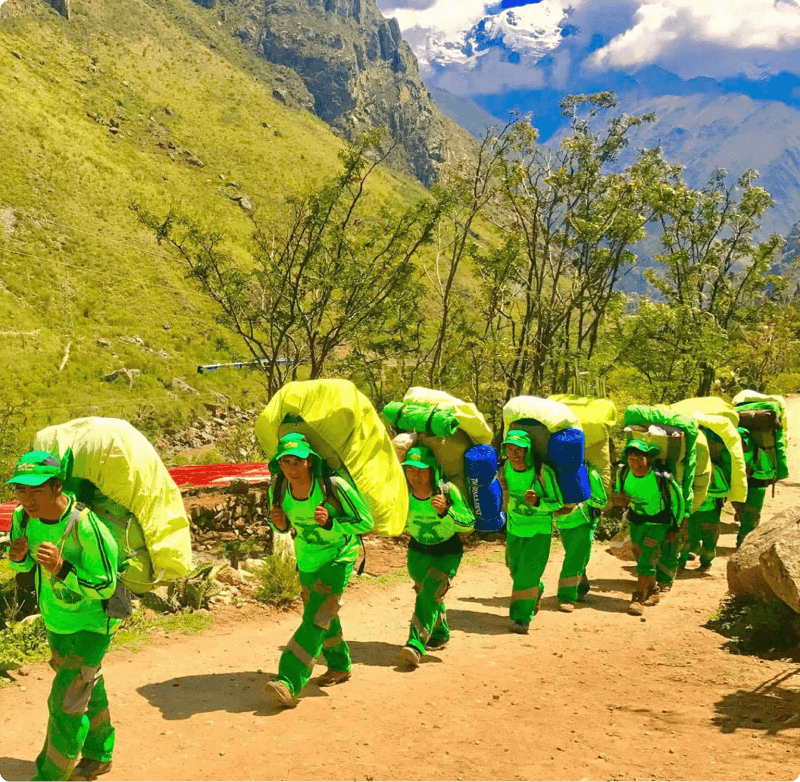 Porters will carry up to 7 kg of your personal items, which must include your sleeping bag and air mat (if you bring or rent one). From us, these two items weigh a combined total of 3.5 kg.
Porters will carry up to 7 kg of your personal items, which must include your sleeping bag and air mat (if you bring or rent one). From us, these two items weigh a combined total of 3.5 kg.